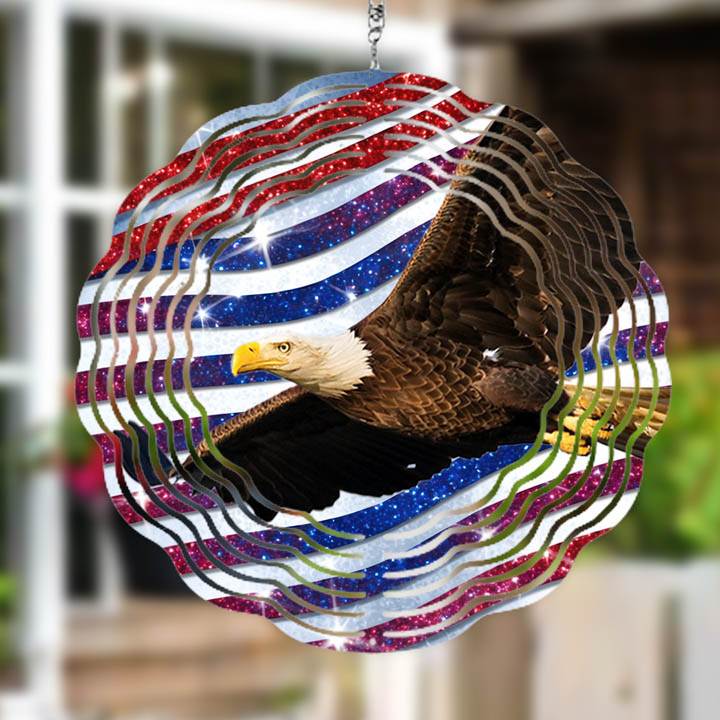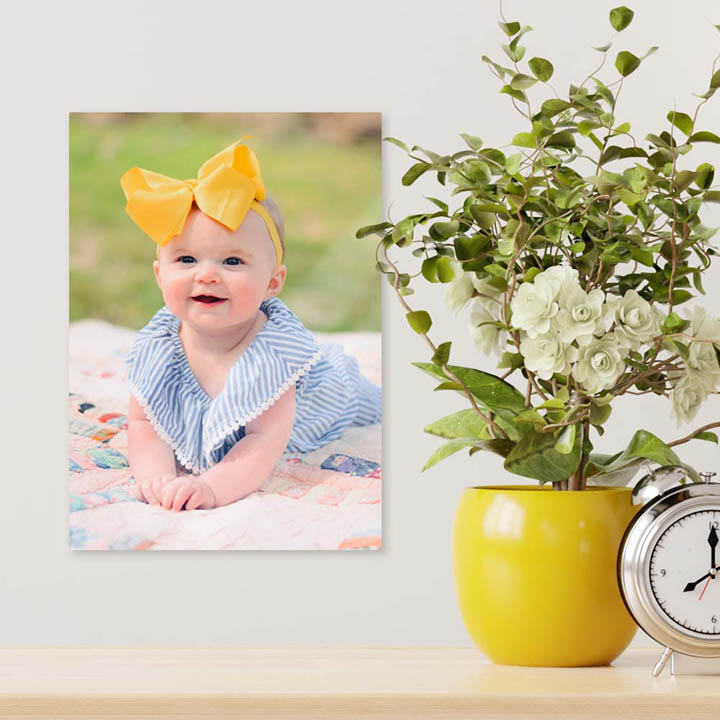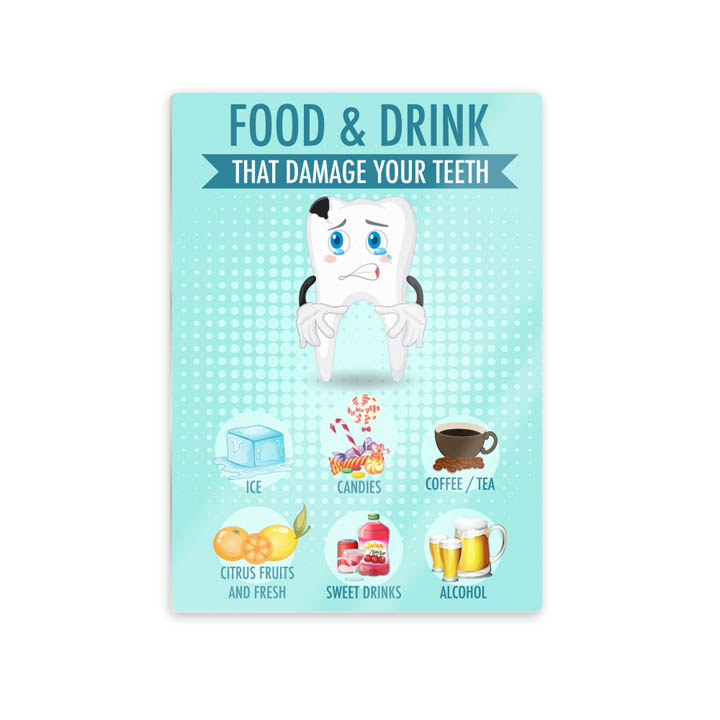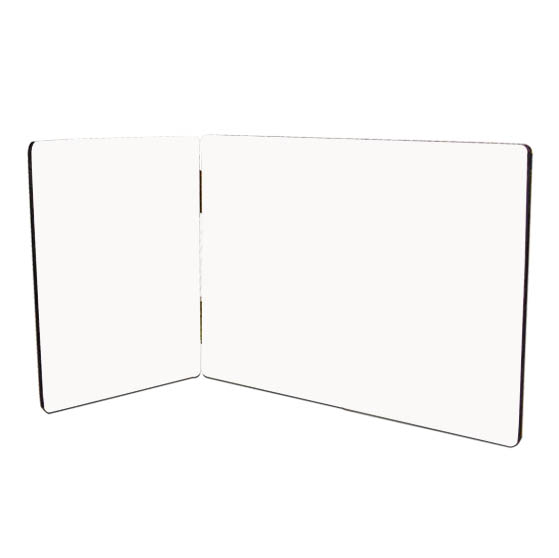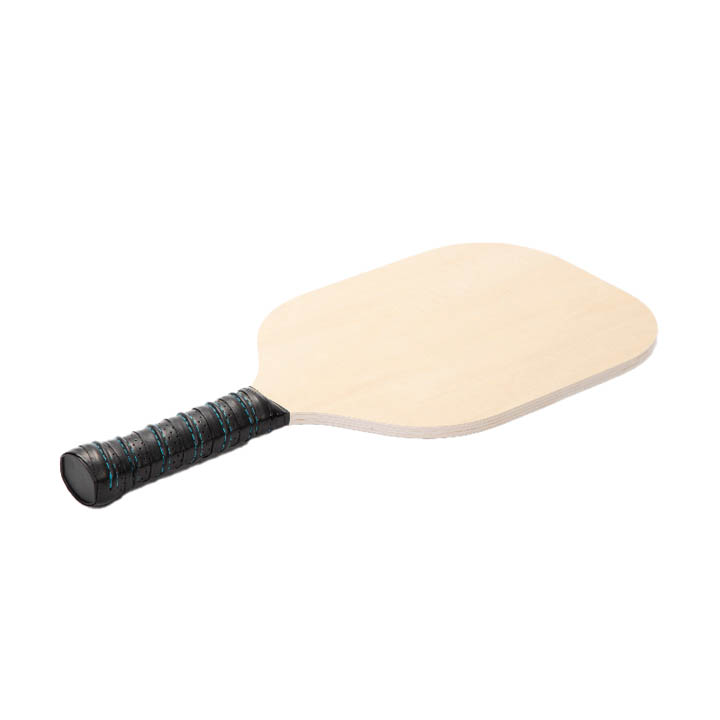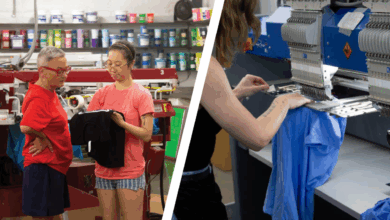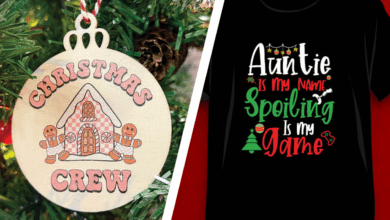Novelty products like socks and pajamas with faces of fiancés and pets have popularized sublimation in the personalization industry for its ability to create vibrant, full-color, permanent prints on soft fabrics. Items like T-shirts, tote bags, and socks sell well and have a strong place in the market, but if you’ve only used sublimation for textiles, you’re missing out on a whole world of creative and profitable opportunities!
Sublimating hard goods, like photo panels, mugs, coasters, signage, and home decor, opens new doors for personalization, business growth, and custom product development. With the right techniques, accessories, and materials, you can easily expand your offerings beyond soft goods and start sublimating a wide range of rigid items.
Whether you’re an experienced sublimator or just starting out, this guide will walk you through the key differences, must-know tips, and best-selling hard goods to help you take your sublimation skills and sales to the next level.
What makes sublimating hard goods different?
At its core, the sublimation process is the same: a design is printed using sublimation ink on special transfer paper, then heat and pressure are used to transfer the design to a blank surface. However, there are a few things to consider when sublimating hard goods versus textiles.
1. Surface requirements
Unlike fabrics, which can sublimate with a vintage look if they have some polyester content, hard substrates must have a poly-coated surface to accept sublimation ink. This coating is what allows the ink to turn into a gas and permanently bond with the item’s surface. You can’t sublimate onto raw wood, untreated ceramic, or plain metal without that special coating. Look for products labeled as “sublimation ready” or “sublimation coated.”
 2. Heat press equipment
2. Heat press equipment
You’ll need heat presses that accommodate the shape of your hard goods:
- Flat heat press for plaques, photo panels, coasters, and signage
- Mug press or tumbler press for drinkware
- Convection oven and shrink sleeves for uniquely shaped or oversized items like planters
- Each item may have different time, temperature, and pressure settings, so always consult the product’s pressing instructions.
Common troubleshooting tips for sublimating hard goods
Even experienced sublimators run into issues from time to time. Here are a few of the most common problems and how to fix them:
1. Ghosting or blurry edges
- Cause: Movement of the transfer paper during pressing or lifting.
- Solution: Use heat-resistant tape to secure the transfer. For items like mugs or tumblers, sublimation wraps or shrink sleeves can also help hold transfers tightly in place.
2. Faded or incomplete transfers
- Cause: Incorrect temperature, time, or insufficient pressure.
- Solution: Double-check the recommended press settings for each blank. For flat items, medium to firm pressure is typically required. Use a heat gun or infrared thermometer to verify your press is reaching the right temperature.
3. Uneven transfers or white spots
- Cause: Dust, lint, or moisture trapped between the transfer and surface
- Solution: Wipe surfaces with a lint-free cloth or microfiber towel before pressing. For ceramic or metal items, pre-press or preheat them for a few seconds to evaporate any moisture. You can also use butcher paper or blowout paper between your item and the press to help absorb moisture and prevent ink bleed.
4. Ink gassing or bleed-through
- Cause: Using low-quality transfer paper or over-pressing.
- Solution: Stick with high-quality sublimation paper designed for hard goods, and follow the manufacturer’s suggested press times closely. Longer doesn’t always mean better!
Must-have accessories for hard good sublimation
If you’re planning to expand into sublimating rigid substrates, a few tools and supplies will make a big difference:
- Heat-resistant tape: Keeps transfers secure and prevents shifting
- Silicone wraps or shrink sleeves: Great for mugs, tumblers, and irregular items
- Blowout paper: Protects your press from ink bleed
- Lint roller or microfiber cloth: Removes dust or debris from surfaces
- Heat gloves: Essential for safely removing hot items from your press
Bestselling hard goods for sublimation
There’s a huge market for custom sublimated products outside of T-shirts and tote bags. These are some of the most popular (and profitable) hard goods you can offer:
1. Photo panels
High-definition aluminum or MDF photo panels are perfect for memorials, gifts, and home decor. Their vibrant color and glossy or matte finish make photographs look professional and striking.
- Great for: Graduation gifts, pet memorials, and family.
2. Home decor
Custom signs, trivets, cutting boards, wall tiles, and ornaments are ideal for holidays, weddings, and everyday home personalization.
- Great for: Realtors, housewarming gifts, and holiday craft shows.
- Pro tip: Use themed designs or monograms to increase appeal.
3. Signage
Sublimation signage offers fade-resistant durability, making it perfect for indoor and semi-outdoor applications. Use it for directional signage, branding, or novelty signage.
- Great for: Offices, restrooms, event venues, and maker spaces.
4. Pet accessories
People love to personalize items for their pets. Sublimatable pet tags, bowls, mats, and leashes are both functional and fun to decorate.
- Great for: Groomers, pet boutiques, and online shops.
- Design tip: Offer breed-specific graphics or funny phrases.
5. Plaques & awards
Custom plaques for sports teams, businesses, or schools are a huge hit. Sublimation allows for full-color logos, text, and photos, all in one piece.
- Great for: Coaches, teachers, and corporate gifts.
- Look for: MDF or aluminum plaque blanks with display stands.
Tips for getting started with hard goods sublimation
If you’re ready to branch out from apparel, here’s how to make your hard goods transition a smooth one:
- Start small: Try coasters or ornaments first — they’re inexpensive, forgiving, and easy to practice on.
- Use templates: Most suppliers offer downloadable print templates so your designs fit the product perfectly.
- Keep a press log: Record times, temperatures, and results for each material so you can repeat your successes.
- Bundle products: Create themed sets (like a mug and coaster combo) to increase value and boost average order size.
- Photograph everything: Great product photos make a huge difference in listings or social media posts.
Go beyond tees
Sublimation is more than just a T-shirt printing method; it’s a gateway to endless customization opportunities. By learning how to work with hard goods and using the right techniques, accessories, and materials, you can expand your creative horizons and grow your business with high-quality, durable products that are sure to stand out in any market.
Whether you’re personalizing gifts, decorating homes, or offering full-color branding solutions, hard surface sublimation gives you the power to do more — with color that lasts.
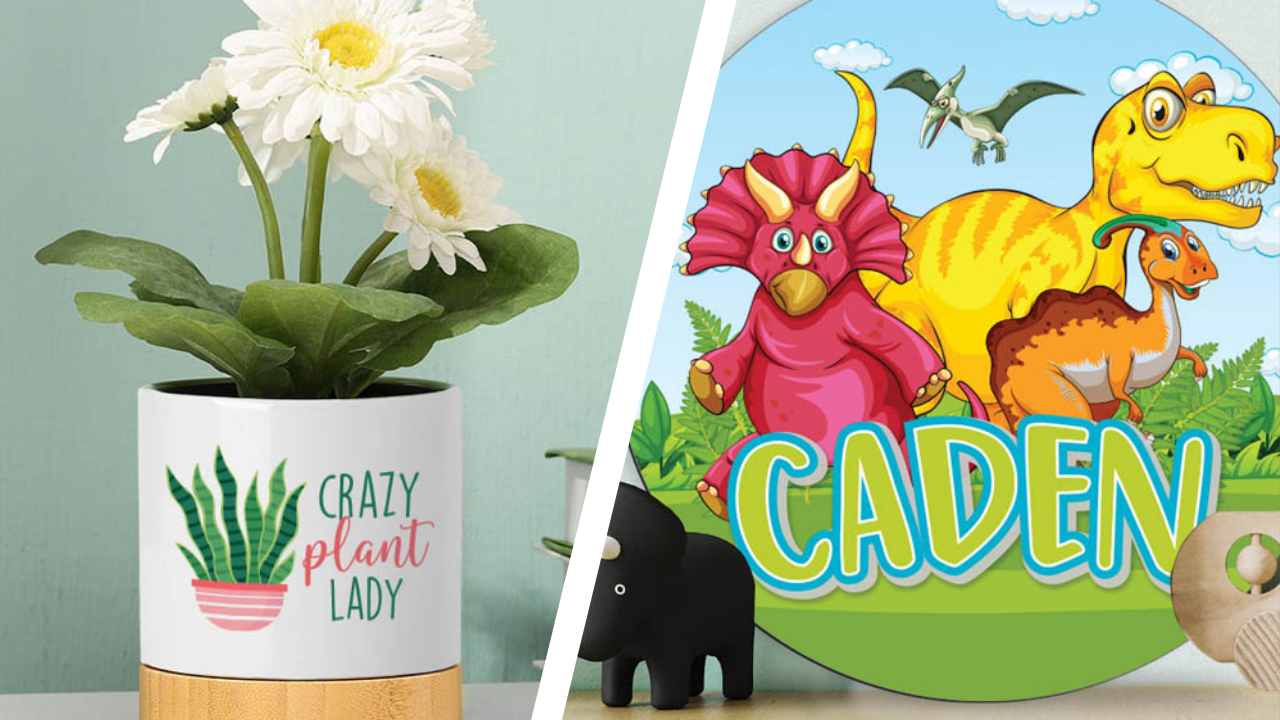
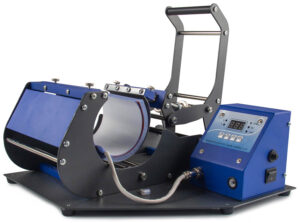 2. Heat press equipment
2. Heat press equipment